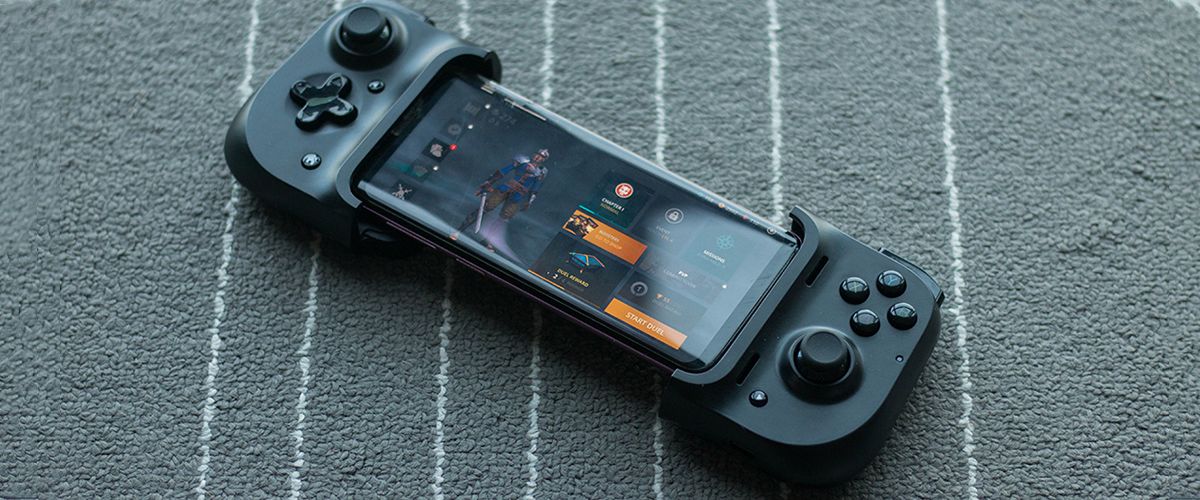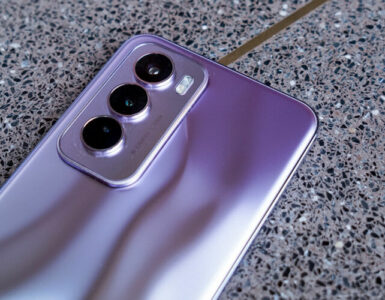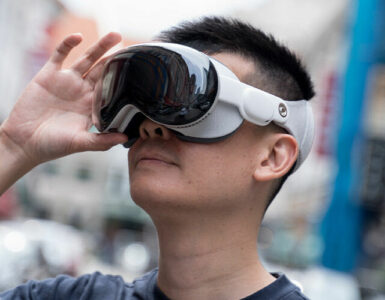Bluetooth connectivity is a common feature for phone gamepads, but that means it also comes with an inherent flaw to performance – gameplay latency. The recent PlayStsation’s DualShock 4 and Xbox One controller support circumvented the lack of reliable options with Android 10 and iOS 13, but gaming giant Razer is looking to switch up the formula with their latest Razer Kishi Gaming Controller.
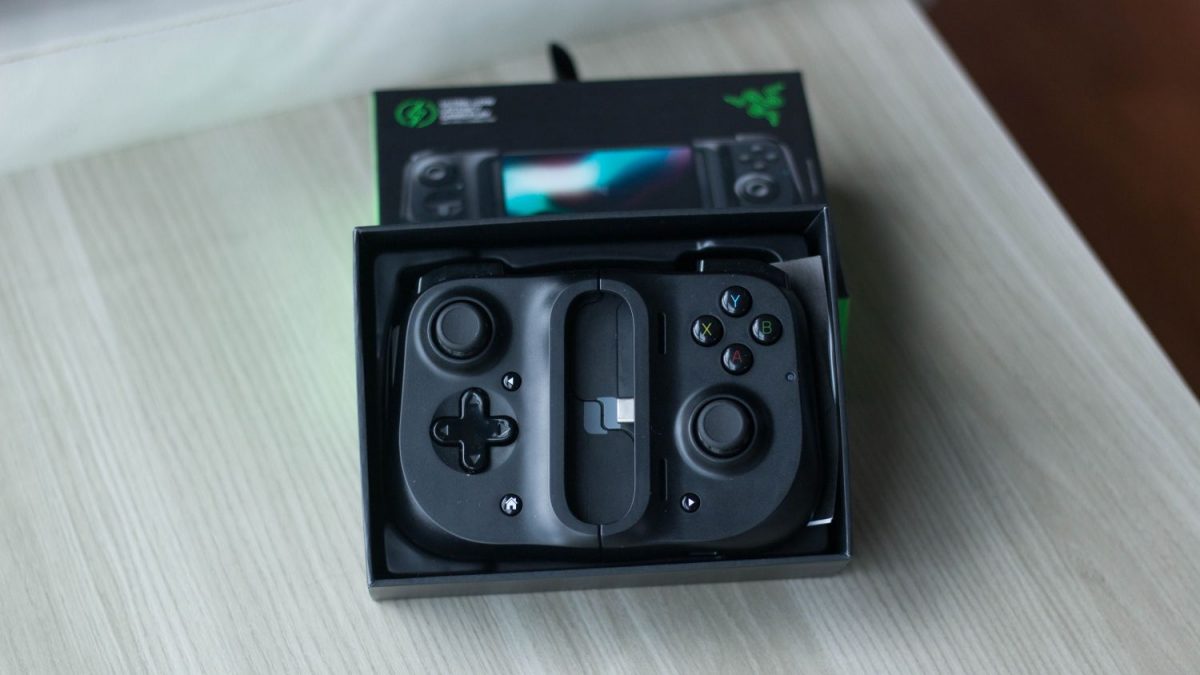
A follow-up to the 2019 Junglecat model, the S$129.90 accessory ditches the Bluetooth convention for a fuss-free, non-pairing USB-C solution that brings smooth, no-delay gameplay to the table. Add to that a charging passthrough feature, and the Kishi is a great tool of convenience – as well as a welcome upgrade over its predecessor.
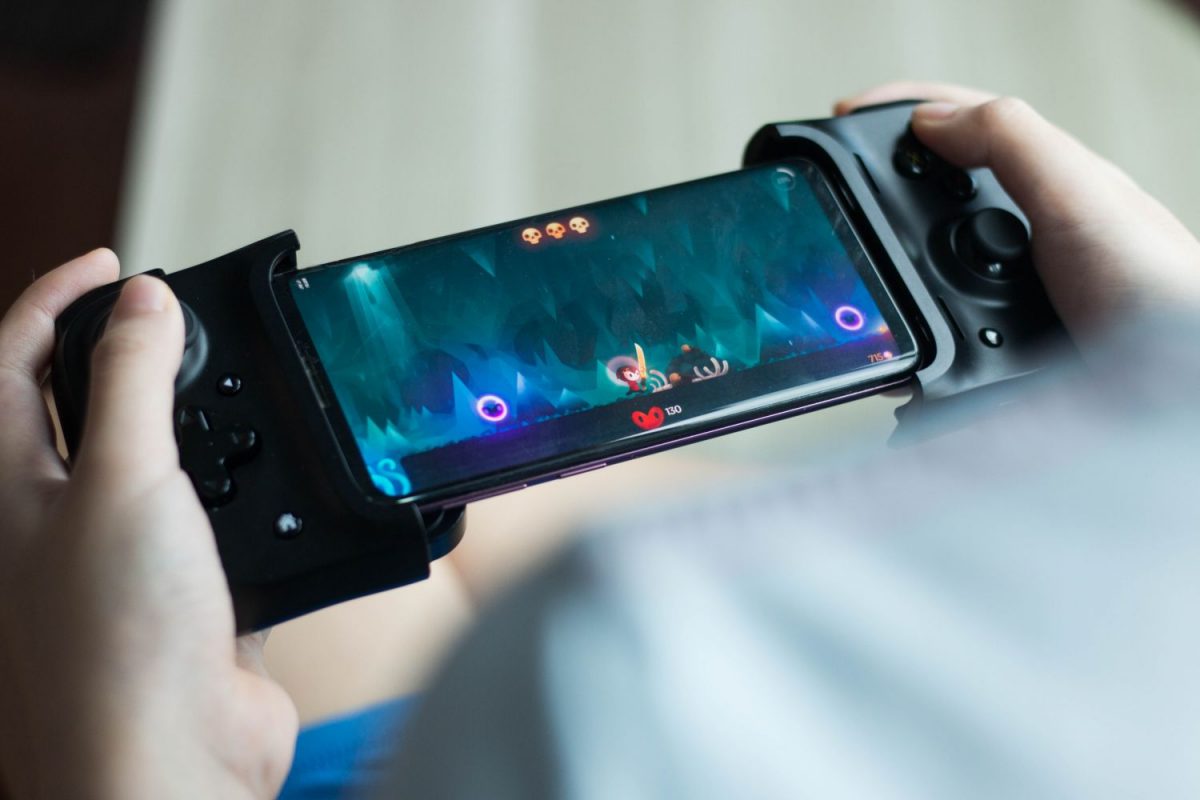
Where the Junglecat requires special cases and specific phone support, Razer’s most recent gamepad boasts much increased compatibility. Any phone with a centre-aligned USB-C port and also measures anywhere from 145.3 x 68.2 x 7.0mm to 163.7 x 78.1 x 8.8mm, will fit the bill. What this translates to is support for most modern flagship builds, including the Google Pixel 2 and newer, Samsung’s Galaxy S8 and newer, but not the S20 Ultra, the Samsung Galaxy Note 8 and newer, and of course, both Razer Phones.

It’d be good to note that some names on the list, such as the Razer Phone 2, may be just a little shy of being a perfect fit. That’s when you’ll need a little more force to insert the phone, or pull out the rubber grips sitting at each side of the controller – but fair warning, it can be rather difficult to do so. As with every gamepad, phone cases should be removed, and additional elements like tempered glass screen protectors will grant extra padding, depth-wise.

Out of the box, the Kishi is coated in quiet, sleek tones of black, with a body held together by a plastic plate at the back. Attached to an elastic tether, it allows users to extend the device outwards via pull tabs on both the top and bottom, which transforms your phone into a Nintendo Switch lookalike. When not in use, the gamepad folds back into a light, compact package that makes it extremely handy for travel. All in all, it’s a pretty clever set-up.
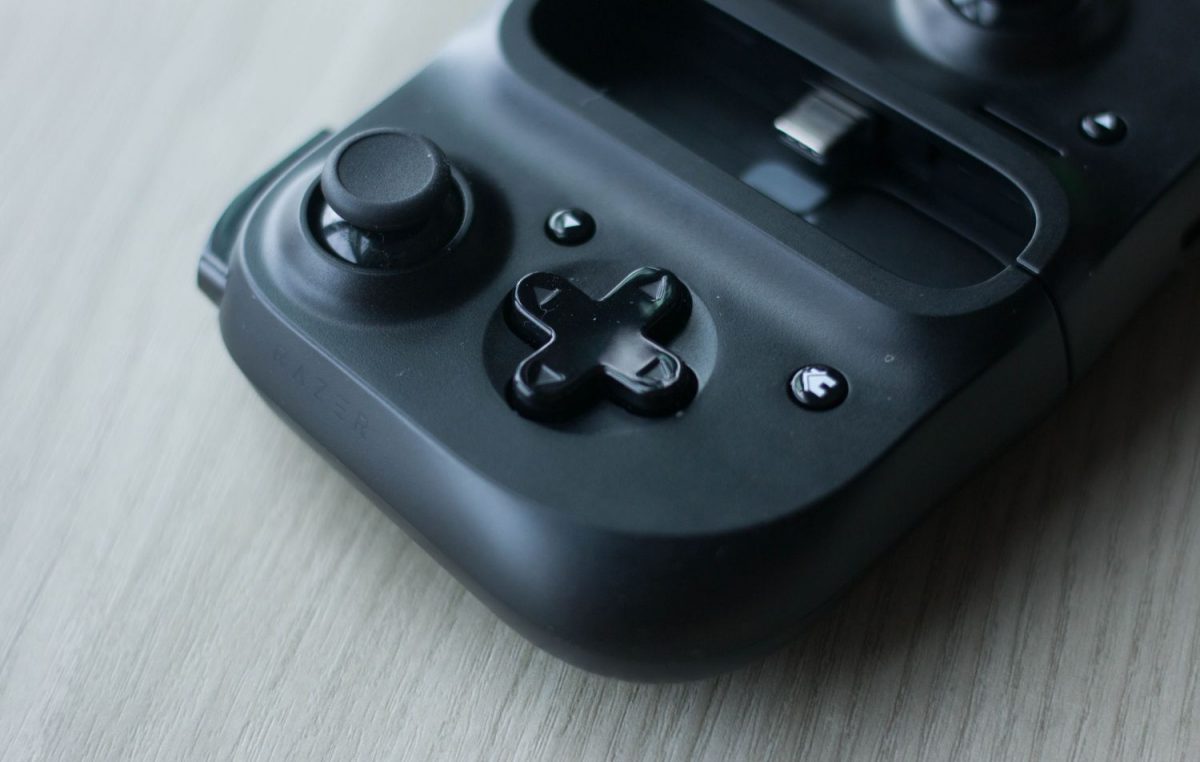
The left side is dedicated to an analog stick and a D-pad, while another thumbstick and the ABXY buttons sit on the right. Like a standard controller, the left and right triggers reside on the top, and the home, back, and fast-forward buttons split across the two halves. What isn’t as comfortable for frequent console gamers, would be the placement of the thumbsticks, as they are off-centre and thus remain unaligned with the face buttons.
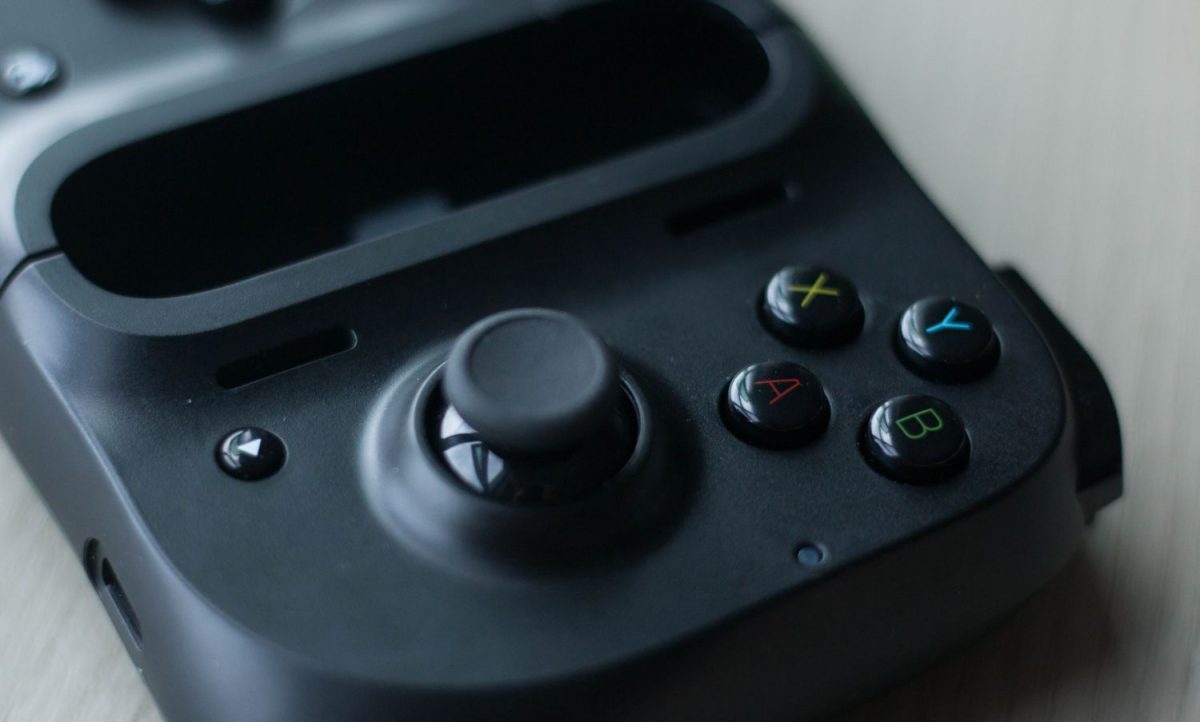
Another minor gripe would be the thin-typeface lettering on the ABXY buttons. While many gaming enthusiasts, especially the Xbox owners, know their way around the controls, a thicker font would benefit beginners, especially if the gaming session involves some good old QTE (quick-time event) action.
For the most part, the button arrangement on the Kishi is an impressively respectable effort from the team but that shine doesn’t quite carry over to the finer parts of the controller – touch-wise, at least. That’s not to say that the feel of the buttons and sticks is bad per se; in fact, it’s probably as close to an authentic console experience that a mobile controller can get. Further refinement is what it should be subjected to.
The gamepad, as a whole, gets the job done nicely, and its solid, no-flex build is a bonus. The resistance in the clickable analog sticks is just the right amount, the shoulder bumpers function well enough, and there’s a nice click to the front buttons. Getting down to the details yields some faults, however.
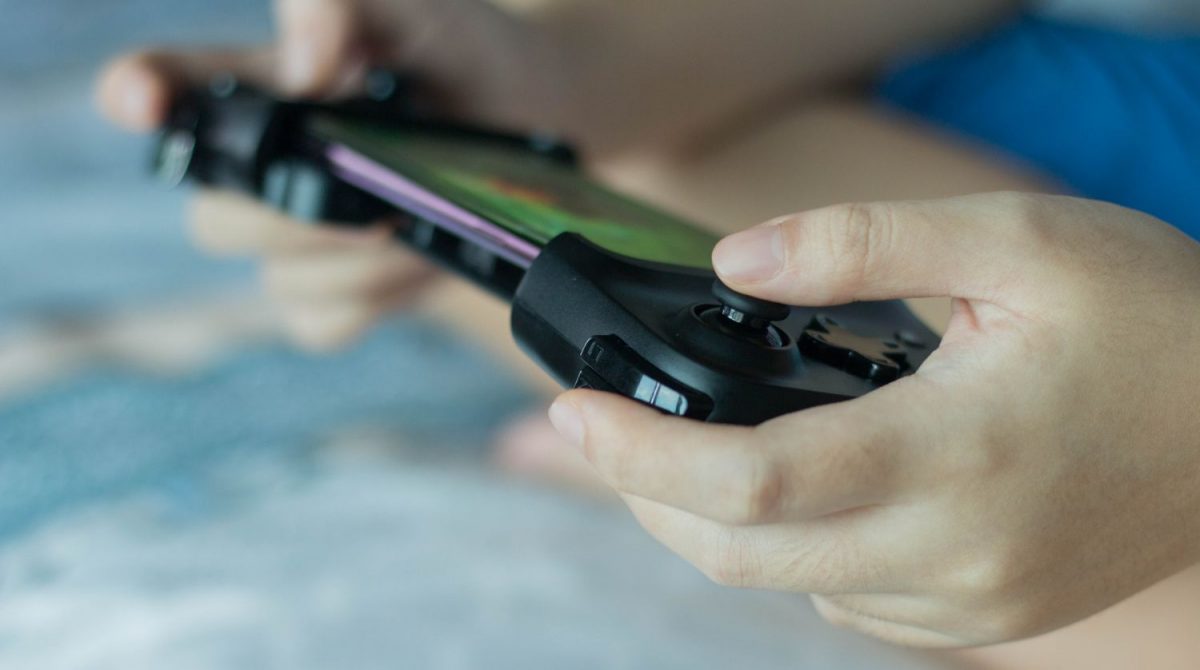
The left and right triggers are a tad squishy, the D-pad has too much of a wobble, and the thumbsticks can be a little springy. Users will likely take a while to get used to the differences, but even with these shortcomings, the Kishi is still a high-performing controller, offering a responsive, speedy gaming experience.
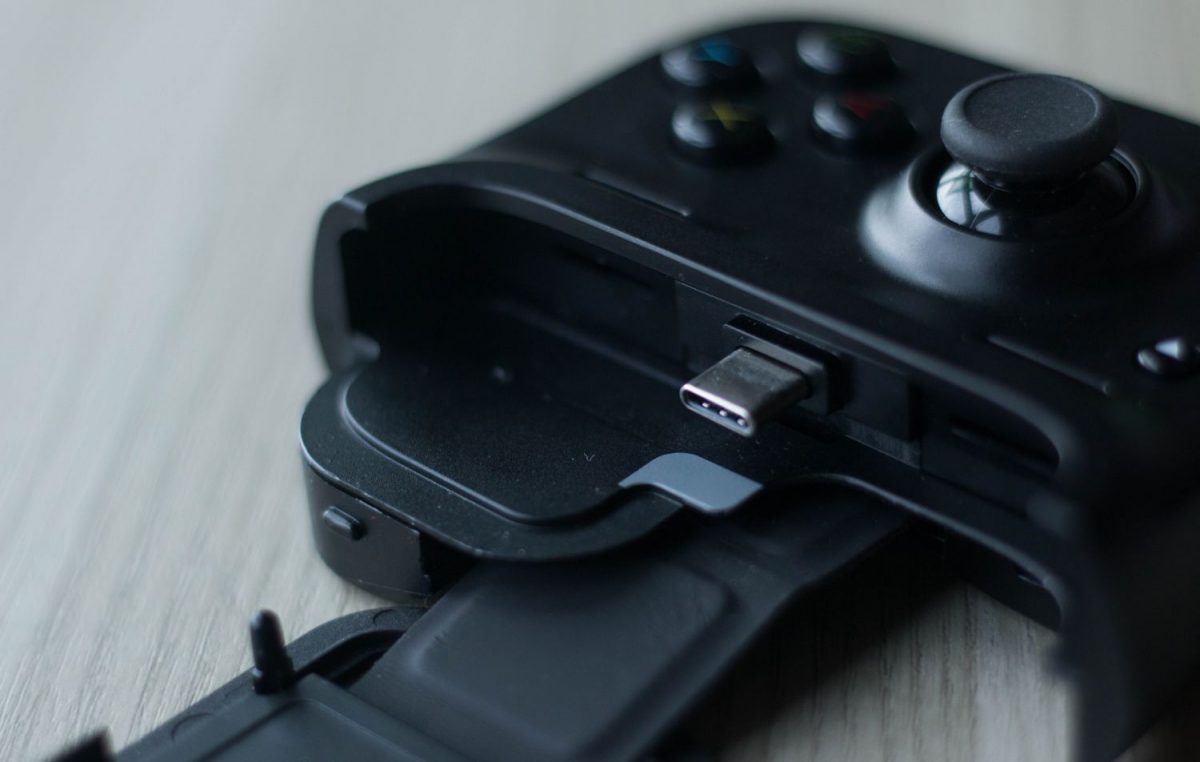
The device handles itself skillfully across different gaming genres. Set-up is a breeze, with users only having to secure their phone to the USB-C port for immediate connection – indicated by a blue blinking light. No mapping is required, so there’s no need to fiddle with the settings in a game, although this is arguably a double-sided sword. In action-platformer Reaper, the controls adapted incredibly well, and allowed for a smooth transition to console gameplay. Racing title Asphalt 8 saw accurate steering and turns, while the QTE commands in Telltale Games’ The Wolf Among Us made for a perfectly thrilling affair.
It’s not entirely accurate to describe the seamless gameplay as universal. Without the option for key mapping, zombie shooter Rules of Survival left out some major controls untouched, so there was still a need to interact with the touchscreen at times. Such instances shouldn’t occur often, though.
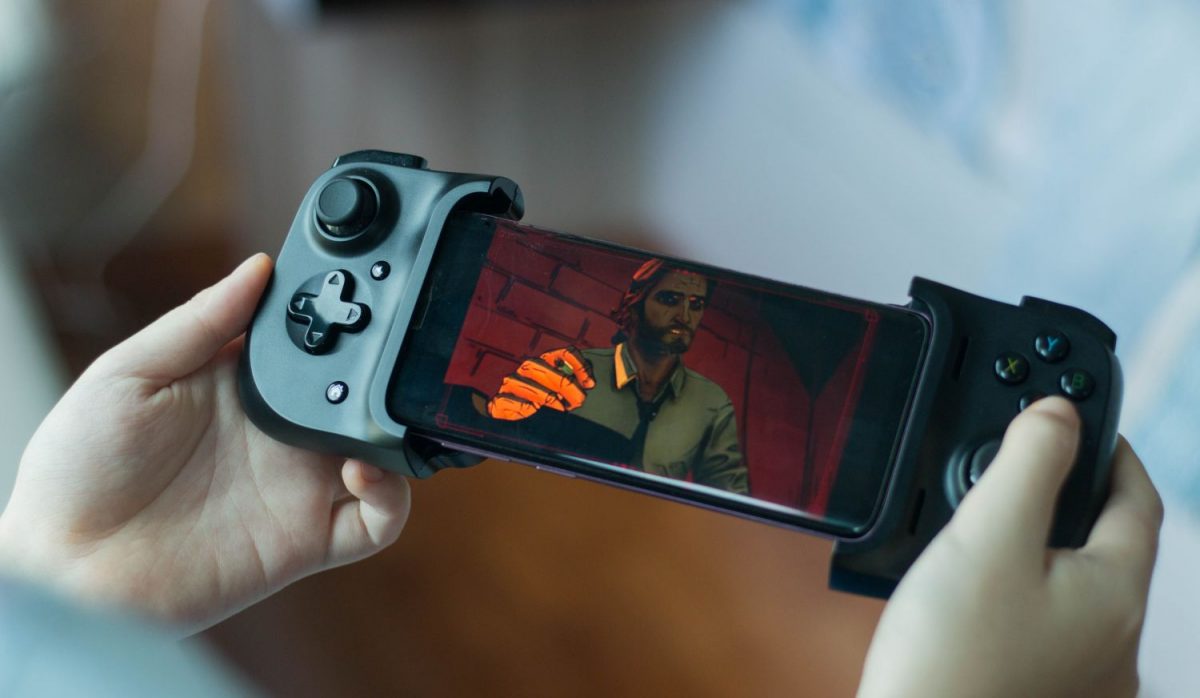
Two more flaws reared their ugly heads during the gameplay sessions. The first was the quick depletion of battery life when hooked up to the Kishi, even with no game running. This is where the USB-C passthrough port comes in as a lifesaver, except it has its own problem: the lack of audio support, such that gamers either use Bluetooth headphones (expect some lag), or let the sounds play out of the speakers.
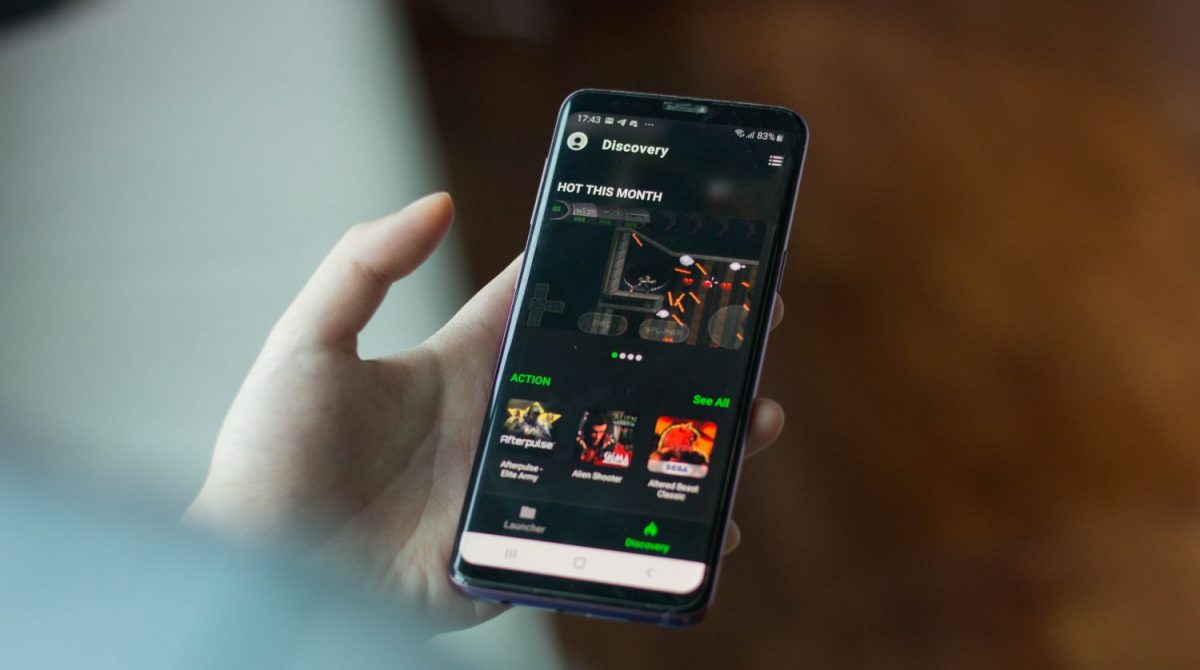
Alas, the biggest shortcoming of the Kishi is the limited support for mobile games. Currently, the growing list on the accompanying Razer Kishi app is still quite lacking, and some of the more popular names like Call of Duty Mobile have yet to be added. Subscribers of Google Stadia and Nvidia GeForce Now, meanwhile, will also be able to enjoy cloud access to actual console games on their phone when connected.
At S$129.90, the Razer Kishi is on the more expensive side of the price spectrum, but its great user convenience and well-thought out features makes it an attractive prospect. It has certainly made its mark as one of the best mobile-first controllers on the market, and is worth a shot for avid mobile gamers who can afford to splurge. Just keep in mind its weaknesses, though.
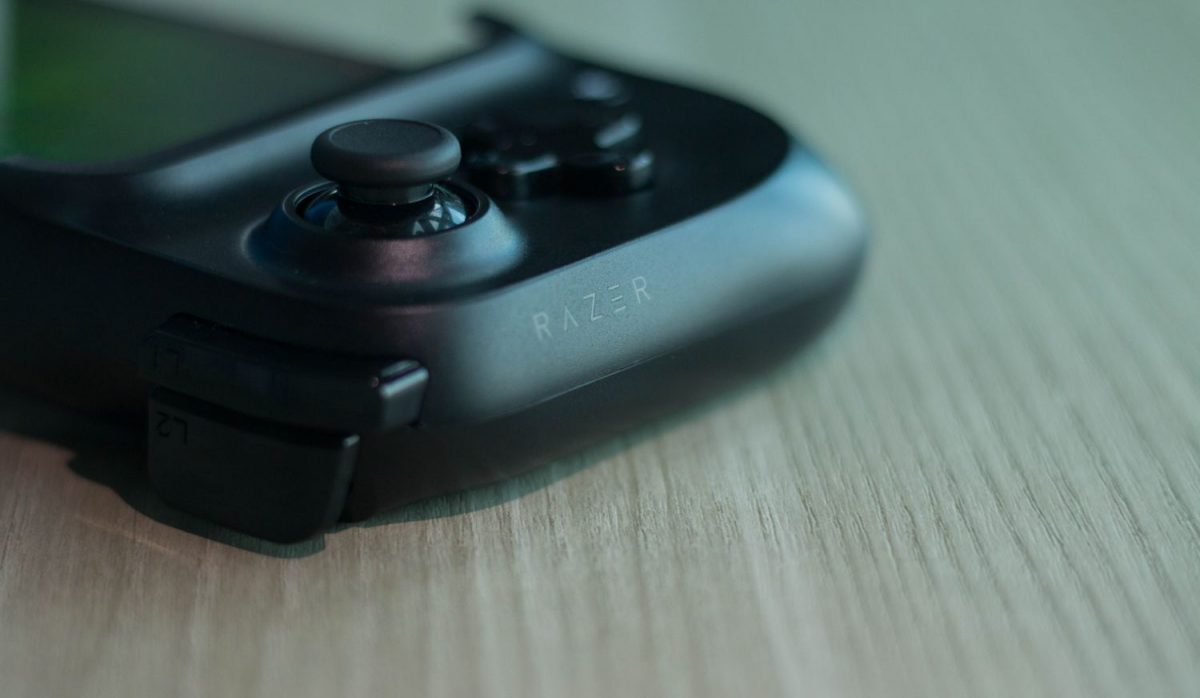
GEEK REVIEW SCORE
Summary
The Razer Kishi is a neat, nifty gadget that offers an enhanced mobile gaming experience, and is about as convenient as mobile-first controllers come. While far from being the perfect build with its fair portion of flaws, it has set the benchmark for future builds in the making.
Overall
7.9/10-
Aesthetics - 8/10
8/10
-
Build Quality - 7.5/10
7.5/10
-
Performance - 8/10
8/10
-
Value - 7.5/10
7.5/10
-
Geek Satisfaction - 8.5/10
8.5/10

